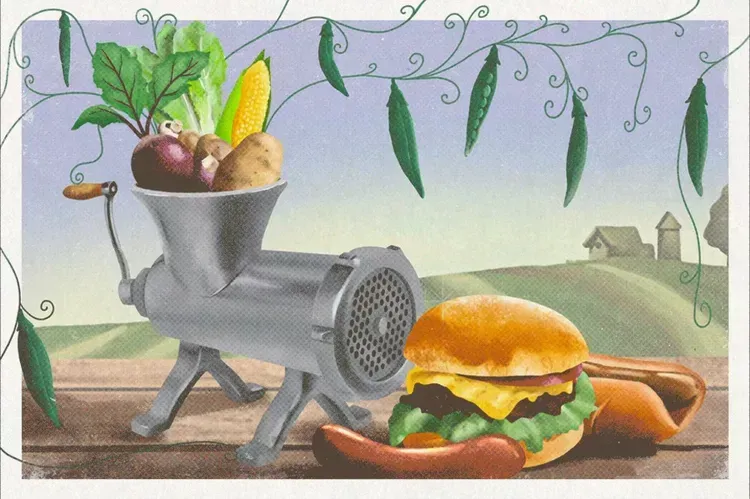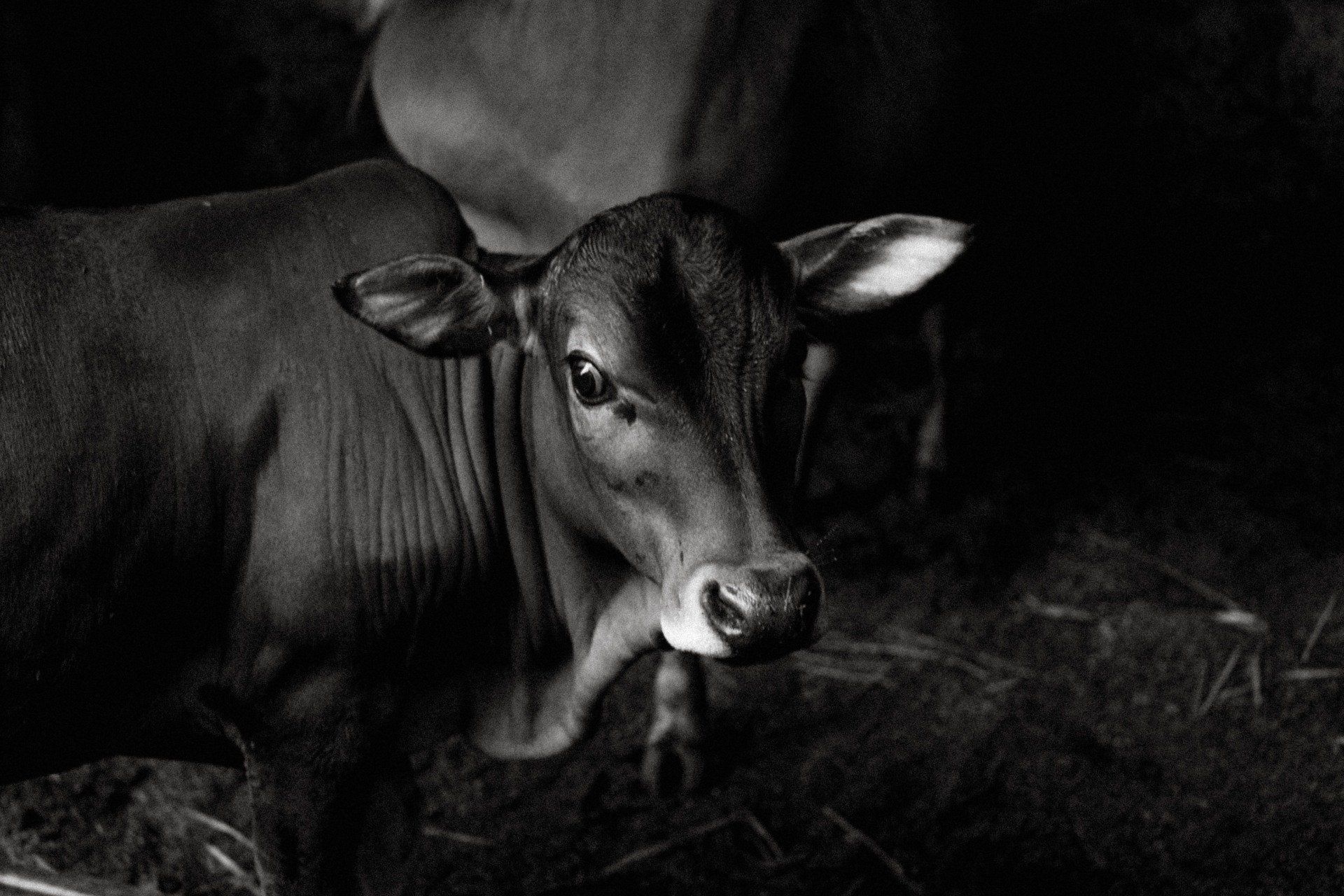Alfalfa tips for 2021
Take advantage of new genetics and rethink your harvest intervals.
Betsy Freese, Successful Farming.
Heading into hay season 2021, there are a few trends that farmers should watch, says forage agronomist Dan Undersander, University of Wisconsin.
First, there are new races to some alfalfa diseases, such as anthracnose, and some alfalfa varieties have been developed with resistance to disease, says Undersander.
Second, aphanomyces root rot in alfalfa is getting worse, and some new resistant genetics are worthwhile, says Undersander. When he started research on aphanomyces more than 20 years ago, he focused on race 1. Now there are multiple races, with race 2 becoming more dominant and more virulent. Since race 2 resistance has been available, race 3 is becoming more of a problem. “New genetics is providing some resistance to the new races that are coming forward,” he adds.
The third trend is ever-increasing yields, says Undersander. He credits much of that to Roundup Ready and HarvXtra genetically engineered alfalfa. HarvXtra, by Forage Genetics International, was developed to maximize quality by reducing the amount of lignin in the plant. It also includes the Roundup Ready technology for weed control. By using the HarvXtra trait and switching to a longer harvest interval, yields can go up about 20%, he says. “That’s a pretty big deal.”
New gene editing work with CRISPR technology is also taking place across the country. “Almost all of it is not to market,” says Undersander. “There’s a lot of germplasm that the companies have been slow to bring onto the market because in many parts of the world, those would require the same approval process as a GM trait.” That isn’t the case in the United States, but since alfalfa is exported around the world, the gene marker research is not always coming forward, he explains. He expects the main benefit from new gene editing research to be in improved disease resistance and increased yield.
Rethink Every Cutting At Bud Stage producers should also look closely at every field decision they make this year, he says. When you have longer harvest intervals, you build better plant condition, Undersander explains. “We’ve harvested at the bud stage because that’s what we need for top-quality feed, but we know that has stressed the plant.”
He suggests going back to the old recommendation of 10% bloom at third cutting to rebuild stand condition. “A lot of farmers have forgotten about that. They take every cutting at the bud stage, and that tends to weaken the plant. It has the potential for greater winter kill, and we don’t get as much yield on first cutting the next spring as we might otherwise,” Undersander says. A new alternative with HarvXtra is delaying harvest by seven to 10 days, from a 28-day to a 35-day interval with quality remaining similar to conventional varieties harvested at 28 days. The delayed harvest boosts rebuilding the carbohydrates in the root and rebuilding stand condition. “The shoots are more likely to survive a hard winter, and therefore yield more in the next year,” says Undersander. Consider rethinking your 28-day cutting schedule, he says, if “you end up with two weeks of growing season left after the last cutting. If you can spread it out to a 35-day schedule, you can use a full growing season.”
Another advantage of the new genetics is that alfalfa doesn’t change in quality quite as fast. “So if it’s about ready to be cut, and then it starts to rain and you’re held up a week, it doesn’t hurt the quality as much as with a conventional variety,” he explains.
Weather Issues, changing weather patterns have been hard on alfalfa in a number of ways, says Undersander, and he expects that to continue this spring. In Wisconsin, for example, there have been more warm spells and then freeze backs during winter the past few years. “That’s been detrimental. It used to be cold and snow would stay there until it warmed up for good,” he says. “Now, we tend to have growth periods and freeze back. So that’s one of the reasons for needing more carbohydrates in the root so that the plant can start growing, freeze back, start over, and be in good health.”
In other parts of the country, generally warmer temperatures and drier conditions are affecting the health of alfalfa. “It has to be able to handle those circumstances consistently over several years, and that has been a challenge,” he says.
Feeding Trends, the dairy industry has increased use of corn silage vs. alfalfa, says Undersander. There is a milk component advantage to feeding more high-quality alfalfa, because it is highly digestible, but corn silage has had higher yield and is easier to produce. For one thing, corn is a single-harvest crop vs. alfalfa, which needs to be harvested multiple times.
“Nitrogen has been cheap, so the cost of the fertilizer isn’t as great as it used to be,” he explains. “There is no need for nitrogen fertilizer with alfalfa.” Also, alfalfa provides nitrogen for one to two years after plowdown.
If you feed a lot of corn silage, remember that the grain converts to propionic acid, and the rumen becomes acidic, warns Undersander. “If we feed alfalfa, the compounds are slowly released and we don’t get the acid buildup in the rumen that we do with a high corn silage ration,” he says.
When Buying Seed look for improved disease resistance in the varieties and consider the reduced lignin products. “Not only will it give you greater quality, but it will allow you to increase the yield of your alfalfa,” he says. The new technology in genetics offers three big things: quality, yield, and a little bit of insurance against Mother Nature.
New Tech in Genetics alfalfa genetic discoveries have sped up in the past decade, says Julie Ho, vice president of research for Forage Genetics International, mainly with the release of Roundup Ready alfalfa (fully deregulated in 2011) and HarvXtra alfalfa (2014). The Roundup Ready trait has enabled better stand establishment and weed control and, in turn, higher yield potential, feed quality, and persistence. The HarvXtra trait has delivered 15% to 20% improvements in forage quality (i.e., higher digestible fiber and reduced lignin content) compared with the cumulative 3% improvement over the 30 years prior.
By combining molecular and classical field breeding in the Midwest and Northeast, researchers have made improvements in disease and insect tolerance, including anthracnose, aphanomyces, and potato leafhopper, while continuing to make incremental improvements in winter survival and yield, says Ho. “In the West and Plains, we’ve tackled challenges in water quality and availability by developing varieties with improved salinity and nematode tolerance. It’s truly been an exciting and productive decade.”
The most promising research for alfalfa today centers around farm productivity and land stewardship, says Ho. “The benefits of alfalfa to farm economics, whether hay grower or dairy producer, have not been communicated broadly enough to realize fully grower ROI.”
You might also like
Jaynie Norman


